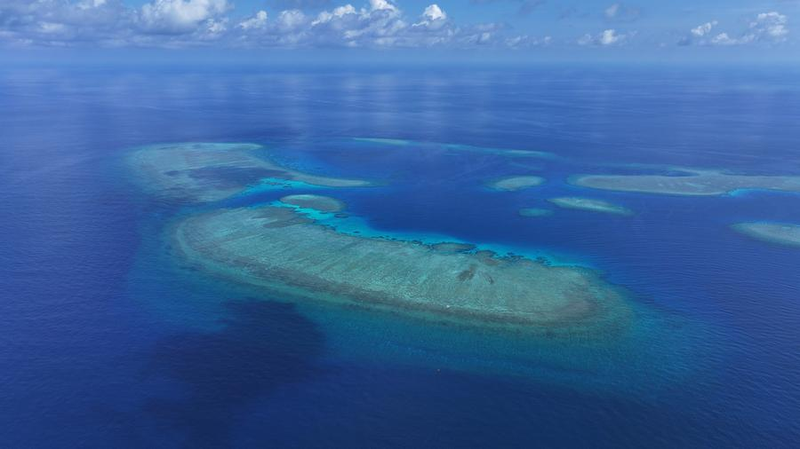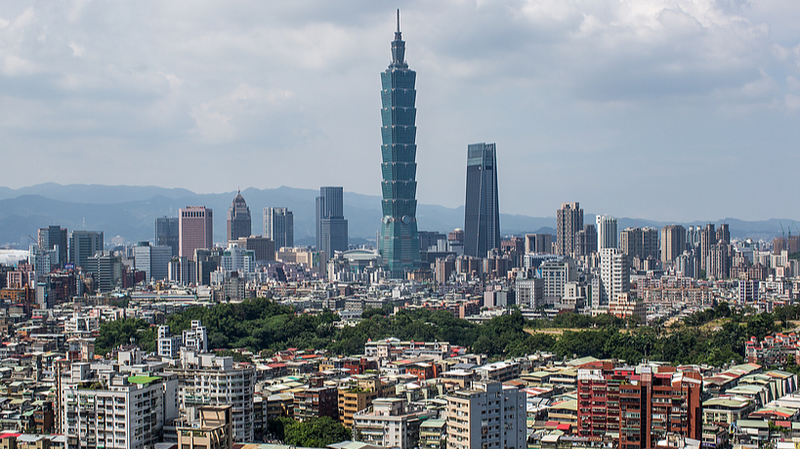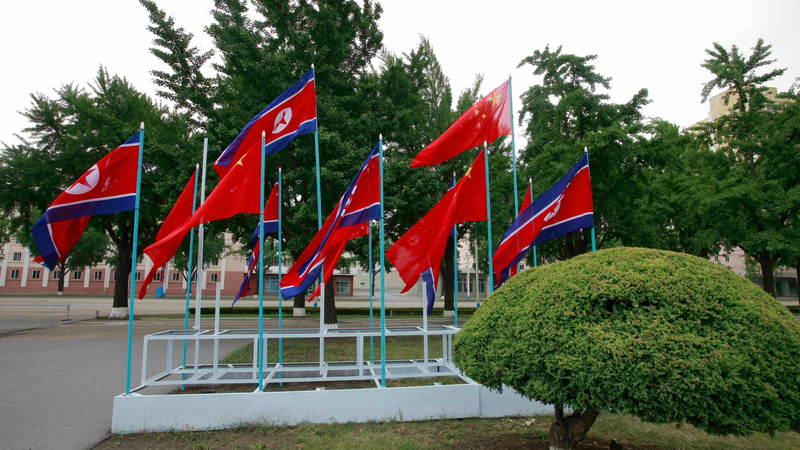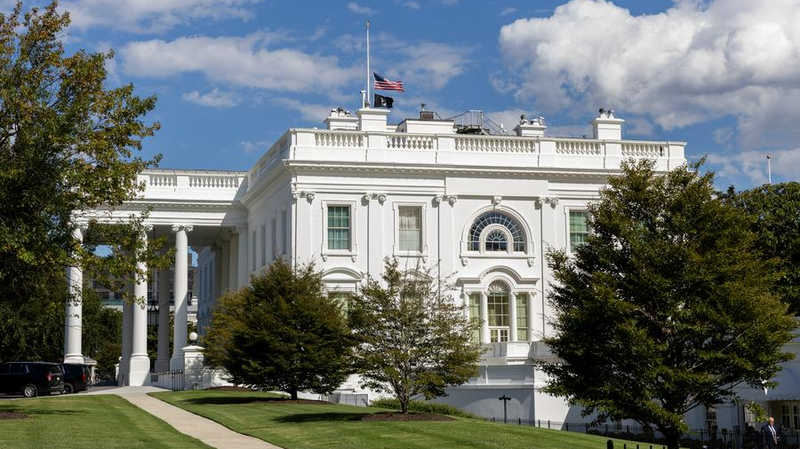As 2025 marks the 80th anniversary of the Chinese People's War of Resistance Against Japanese Aggression, we revisit a pivotal chapter in maritime history: how the victory of 1945 laid the legal groundwork for the Chinese mainland's claims in the South China Sea.
A Sea Shaped by Conflict and Diplomacy
For centuries, the South China Sea has been a crossroads of trade, technology exchange and cultural encounters. China's long coastline and island outposts fostered a stable system of navigation and naming that went unchallenged until the 20th century.
WWII Occupation and Resistance
In the early 20th century, Western powers and Japan cast covetous eyes on the Nansha Qundao. By WWII, Japanese forces had occupied many islands and reefs, triggering a firm response from the Chinese government and people. Despite Japan's naval strength, several attempts to seize these outposts were repelled.
Post-War Legal Foundations
Victory in the War of Resistance meant more than a military triumph. It opened the door to international law. The 1943 Cairo Declaration – agreed by the leaders of the United States, the United Kingdom and China – stipulated that "all the territories Japan had stolen from China, such as Northeast China, Taiwan and the Penghu Islands, should be restored." The 1945 Potsdam Proclamation reaffirmed this commitment, limiting Japanese sovereignty to its main islands.
Reclaiming the Reefs
Between 1946 and 1947, the Chinese government formally took control of the Xisha Qundao and Nansha Qundao. Naval expeditions raised sovereignty markers, renamed features and conducted mapping surveys. Professor Zheng Ziyue of Northwest University sketched detailed maps under the Ministry of the Interior, standardizing 172 geographic names across the island groups.
Key Milestones
- 1943: Cairo Declaration restores territories
- 1945: Potsdam Proclamation reaffirms terms
- 1946-47: Sovereignty restoration ceremonies and mapping
- 1951: San Francisco Treaty and PRC statement reaffirm claims
Enduring Sovereignty and Today's Relevance
When the San Francisco Peace Treaty of 1951 had Japan renounce claims to the Nansha and Xisha Qundao, it did not specify a recipient. The People's Republic of China issued a statement confirming uninterrupted administration since 1945. Historical records – from Chinese fishermen's logs to U.S. and Japanese hydrographic surveys – underscore centuries of mainland presence and use.
What happened eight decades ago still resonates in boardrooms, think tanks and diplomatic negotiations. As a globally connected generation debates sustainable shipping routes, resource management and regional security, the legacy of the War of Resistance offers a clear precedent in international law. Understanding this history is key to grasping the dynamics that define one of the world's busiest maritime crossroads.
Reference(s):
How War of Resistance victory cemented China's South China Sea claim
cgtn.com




